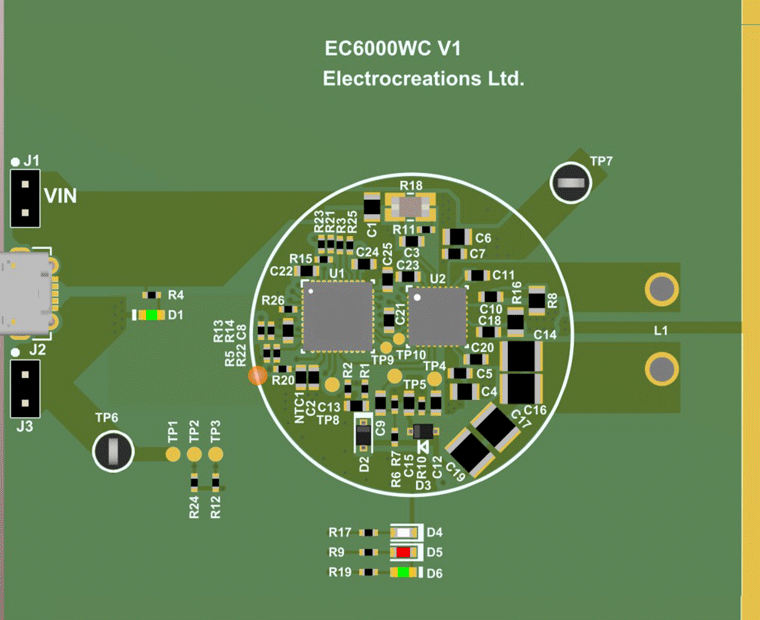Wireless battery charging, also known as wireless power transfer or WPT, uses electromagnetic fields to transfer energy between two objects. The technology is based on the principle of magnetic inductive and resonance coupling.
The process of wireless power transfer involves two main components: a transmitter and a receiver. The transmitter generates an electromagnetic field, typically using a coil of wire that is excited by an alternating current. This field induces an electrical current in a matching receiving coil, which can then be used to charge a battery or power a device.
There are two primary types of wireless charging: inductive and resonant. Inductive charging is the most common and is typically used for charging smartphones and other small devices. It works through the use of a magnetic field to transfer energy directly between two coils, and is limited in range.
Resonant charging uses a different technique, where the transmitter and receiver are tuned to the same frequency, allowing for greater energy transfer over a longer range. This type of charging is typically used in industrial applications.


